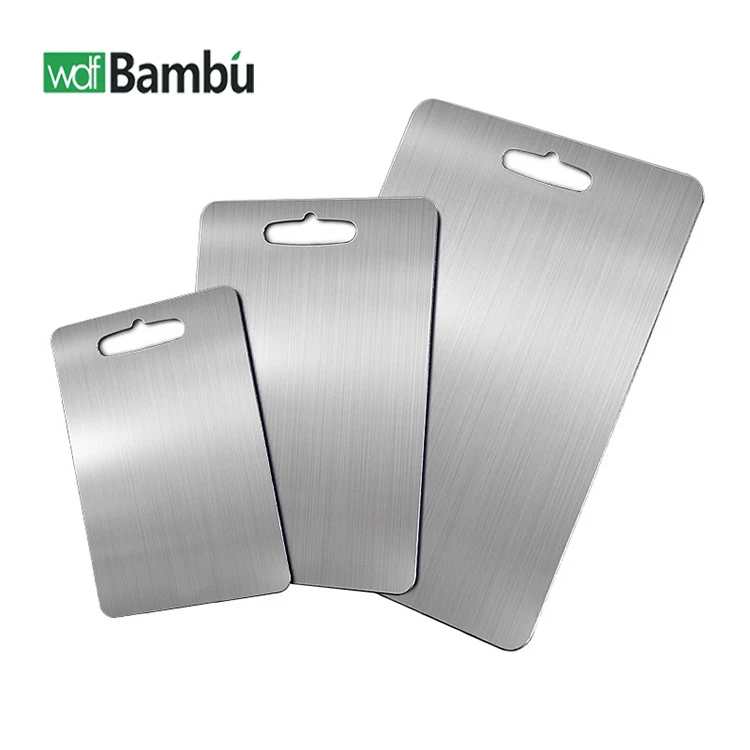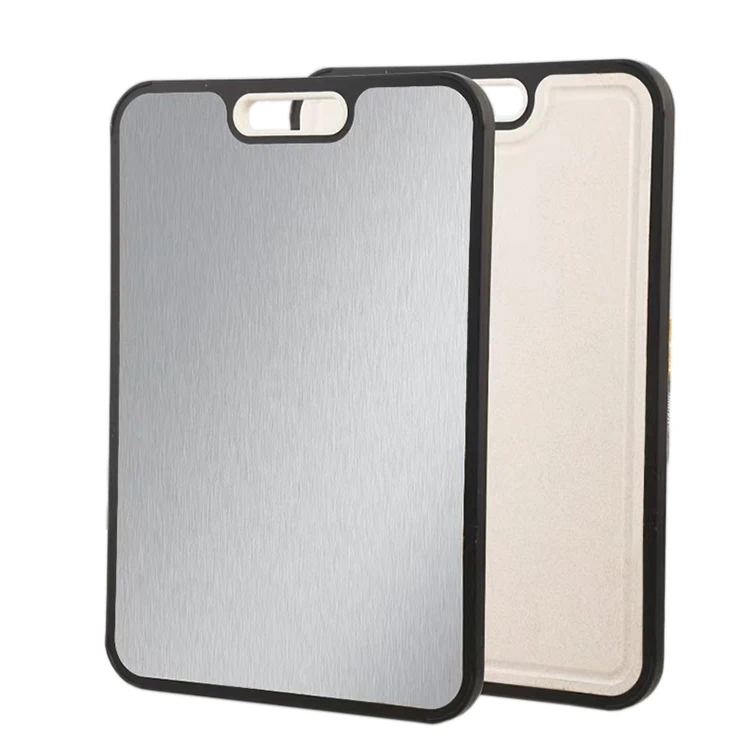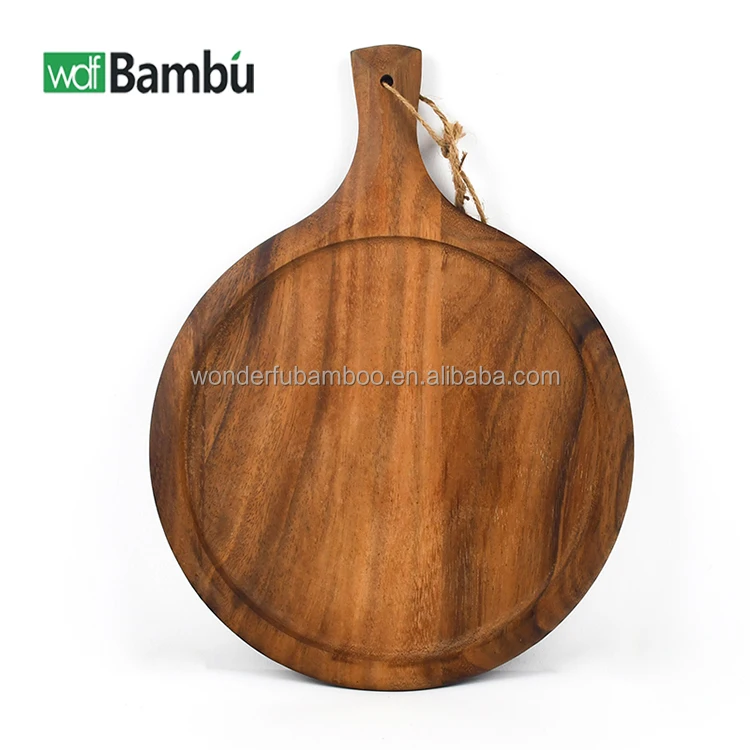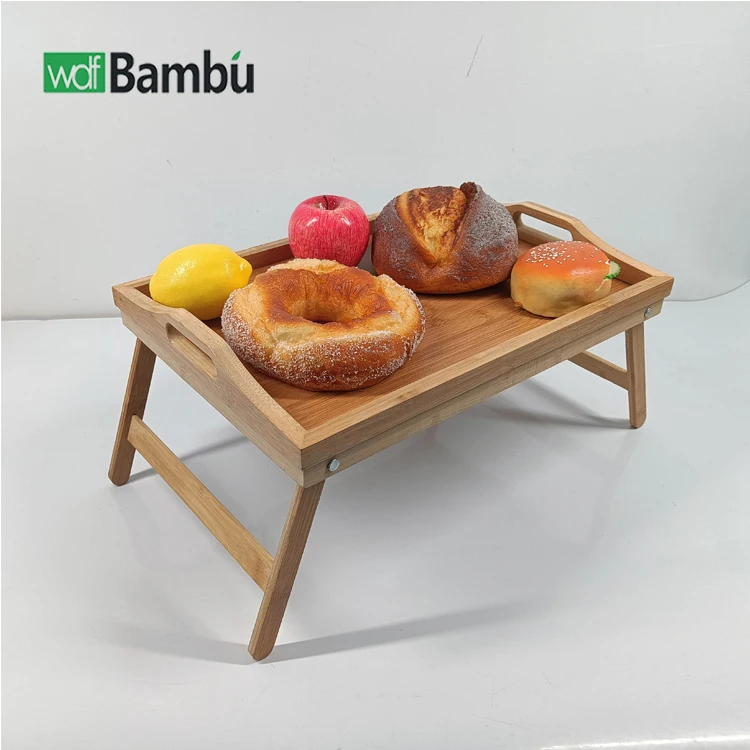best wood for charcuterie board
When it comes to selecting the best wood for charcuterie boards, hardwoods are universally recognized as the superior choice. Maple, walnut, and acacia stand out as the premier options, each offering unique characteristics that make them ideal for serving meats, cheeses, and accompaniments. These hardwoods possess exceptional durability, natural antibacterial properties, and resist moisture absorption, making them perfect for food service applications. The dense grain structure of these woods prevents deep scratches and cuts, which could harbor bacteria. Maple, particularly hard maple, offers excellent resistance to wear and tear while maintaining a clean, light appearance that showcases the food beautifully. Walnut provides a rich, dark backdrop that creates stunning contrast with various foods, while its natural oils help protect the surface. Acacia combines beautiful grain patterns with exceptional durability and natural water resistance. These woods are also chosen for their minimal impact on food flavors, ensuring that the taste of your carefully selected charcuterie remains pure and unaffected. The sustainability of these hardwoods, when properly sourced, adds to their appeal as environmentally conscious choices for long-lasting serving pieces.












 FSC-certified Bamboo
FSC-certified Bamboo
 Custom Packaging
Custom Packaging
 Bulk Discounts
Bulk Discounts
 Meet Our Artisans
Meet Our Artisans
 Modernized for Your Home
Modernized for Your Home
 Our Story Begins in
Our Story Begins in

 Home
Home